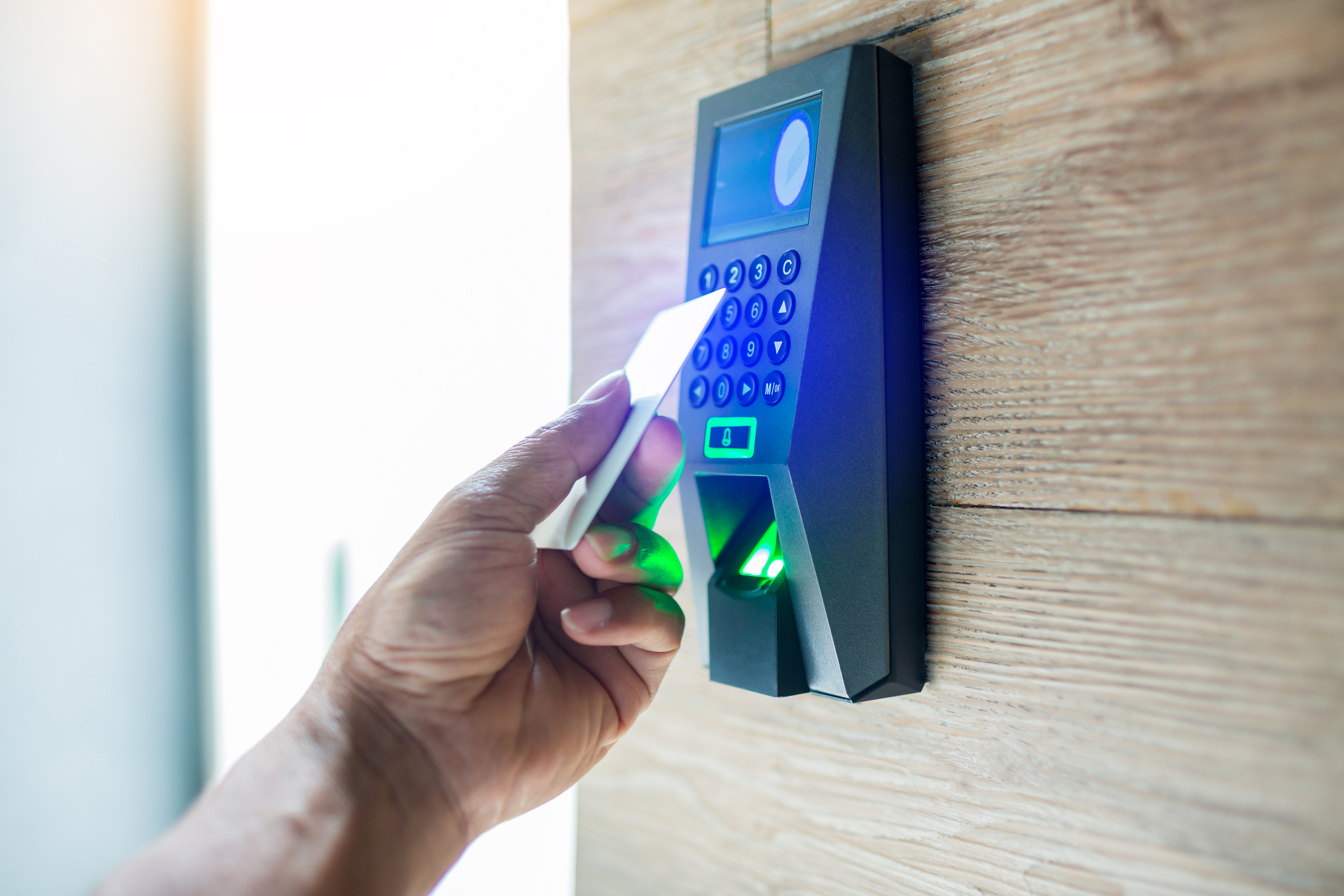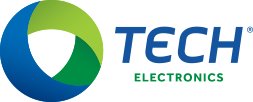By: Chris Skinner, Director of Security Technologies
Have you given your access control credentials much thought lately?
125 kHz proximity cards (prox cards) have long been a commonly used type of credential when controlling access to a building or structure. It’s easy enough to see why: they are inexpensive, accessible, and very easy to use. However, in recent years, a key vulnerability has made them an easy target for would-be intruders.
Prox cards use a read-only technology, meaning the data on the card cannot be encrypted or protected. This makes them vulnerable to cloning, or creating a duplicate card which can then be used to gain unauthorized access to a facility. Modern portable hacking tools are small and unobtrusive, and are capable of cloning prox cards in seconds.
The Alternative: 13.56MHz Smart Cards
Fortunately, there is an alternative that is not only more secure, but provides additional functionality as well. 13.56MHz smart cards use a contactless smart card technology that offers several advantages over 125kHz prox cards:
- Encryption: Smart cards can store data that is encrypted, making it much more difficult to clone.
- Data capacity: Smart cards can store more data than prox cards, which allows for more complex applications.
- Interactivity: Smart cards can be used for more interactive applications, such as payment or loyalty programs.

Making the Transition
If your facility still relies on 125kHz prox cards for access control, I would strongly advise migration to 13.56MHz smart cards. Tech Electronics can help you make this transition seamlessly. We offer a wide range of smart cards and readers, as well as installation and support services. If you are considering migrating to 13.56MHz smart cards, we can help you through every stage of the process, including:
- Assess your current security needs: We will work with you to understand your specific security requirements and recommend the best solution for your needs.
- Provide you with the right products: We offer a wide range of smart cards and readers to meet your specific needs.
- Install and configure your system: Our team of experts can install and configure your new system quickly and easily.
- Provide ongoing support: We offer a variety of support services to help you keep your system running smoothly.
What About Card Readers?
While migrating away from prox cards is a necessary step, it isn’t the only one. Many buildings still employ card readers operating on outdated technology with meaningful vulnerabilities. Wiegand readers were an industry standard for decades, but have become increasingly vulnerable to hacking and other manipulation due to lack of encryption. OSDP is a newer access control standard, which offers meaningful improvements over Weigand in several key areas:
- Security: OSDP is a more secure protocol than Wiegand. OSDP is a more secure protocol than Wiegand because it offers stronger encryption, wired integrity monitoring, mutual authentication, and configurable security settings. These features help to protect against a variety of attack vectors, making OSDP a more secure choice for access control systems.
- Flexibility: OSDP is a more flexible protocol than Wiegand. It supports a wider range of card readers and devices, which gives you more options when it comes to designing your access control system.
- Interoperability: OSDP is more interoperable than Wiegand. This means that it can be easily integrated with other security systems, such as video surveillance and intrusion detection.
- Future-proof: OSDP is a future-proof protocol. It is designed to meet the needs of today’s security challenges, and it will be able to meet the needs of tomorrow’s challenges as well.
If your building or business is still relying on outdated access control technology, Tech can help. Our security experts can help guide you through the necessary hardware and software migrations necessary to keep your business secure both now, and in the future.


